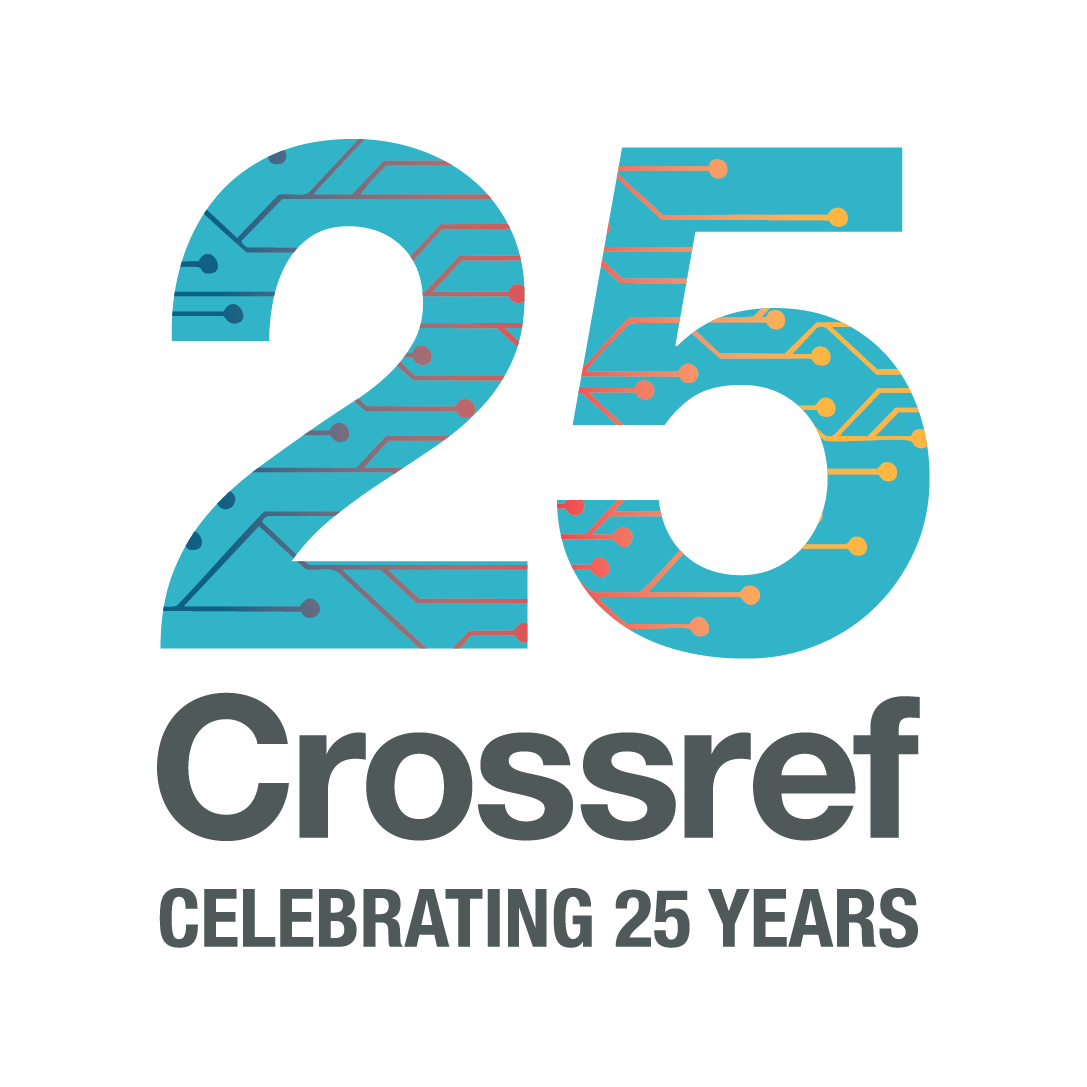2 minute read.prism:doi
The new PRISM spec (v. 2.0) was published this week, see the press release. (Downloads are available here.)
This is a significant development as there is support for XMP profiles, to complement the existing XML and RDF/XML profiles. And, as PRISM is one of the major vocabularies being used by publishers, I would urge you all to go take a look at it and to consider upgrading your applications to using it.
One caveat. There’s a new element <tt>prism:doi</tt> (PRISM Namespace, 4.2.13) which sits alongside another new element <tt>prism:url</tt> (PRISM Namespace, 4.2.55). Unfortunately the <tt>prism:doi</tt> element is shown to take DOI proxy URL as its value - and not the DOI string itself, e.g.
- Model #1
<prism:doi rdf:resource=”http://dx.doi.org.pluma.sjfc.edu/10.1030/03054”/> - Model #2
<prism:doi>http://dx.doi.org.pluma.sjfc.edu/10.1030/03054</prism:doi>
This seems to me to just plain wrong. The DOI in itself is not a URL (or URI) - although can, and should, be represented in URI form when used in Web contexts (i.e. pretty much most of the time). As a literal it should be used in its native form as specified in ANSI/NISO Z39.84 - 2005 Syntax for the Digital Object Identifier. This would only satisfy Model #2 above.
To satisfy Model #1 above a URI form for DOI would be required. And this is not the service URI denoted by the proxy. It would either have to be:
- Model #1 - Registered URI Form
<prism:doi rdf:resource=”info:doi/10.1030/03054”/>
* Model #1 - Unregistered URI Form
<prism:doi rdf:resource=”doi:10.1030/03054”/>
Any comments? Some guidelines from Crossref would be useful - although maybe further discussion is required. It is, of course, a constant bugbear that “doi:” remains an unregistered URI scheme.






